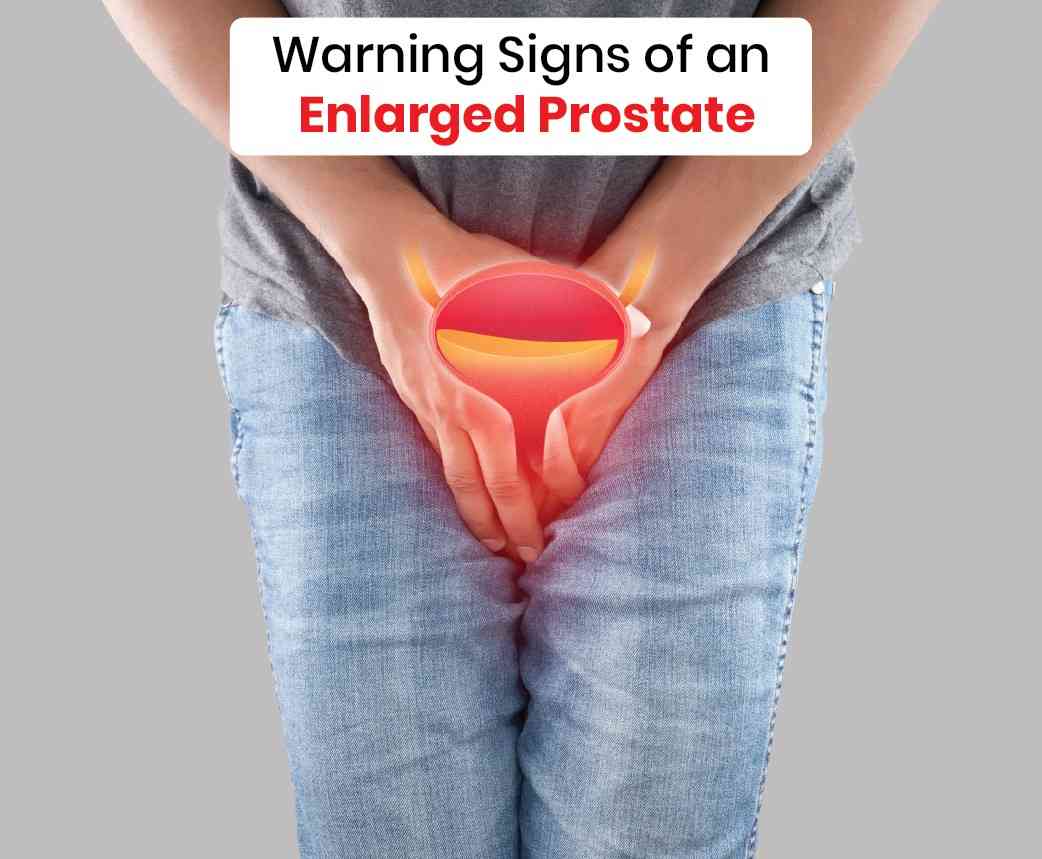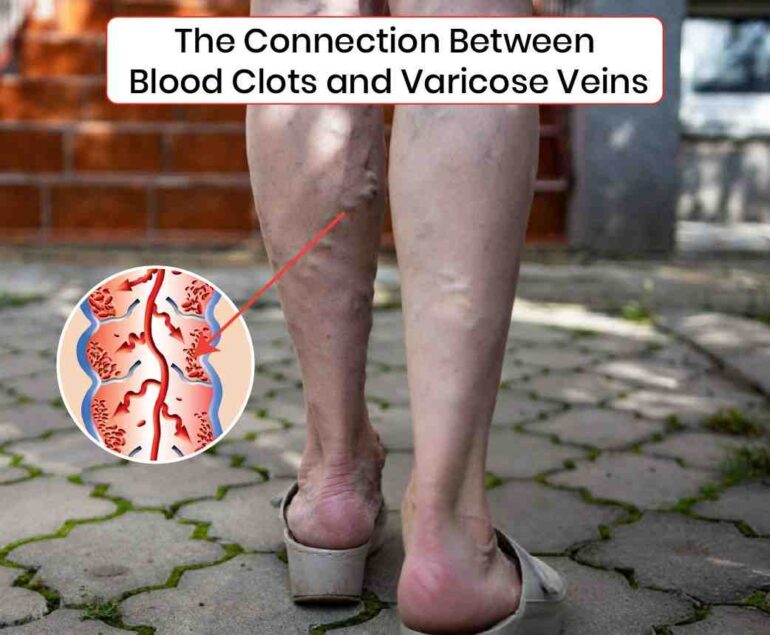As men age, the likelihood of developing an enlarged prostate increases significantly. By the time a man reaches the age of 85, there’s a 90% chance he will experience this condition. Often caused by benign prostatic hyperplasia (BPH), an enlarged prostate doesn’t increase cancer risk but can significantly impact quality of life due to various complications. Understanding the warning signs, complications, and treatment options is crucial for managing this common condition effectively.
What Is BPH and How Common Is It?
Benign prostatic hyperplasia (BPH) is a non-cancerous enlargement of the prostate gland, located just below the bladder and surrounding the urethra. As men age, the prostate naturally grows larger, leading to uncomfortable and potentially serious symptoms that interfere with daily life.
BPH is extremely common among older men. About 50% of men in their 50s and up to 90% of men in their 80s experience symptoms of BPH. Given these high prevalence rates, it is essential to recognize the warning signs and seek appropriate treatment.
Complications of an Enlarged Prostate
While BPH is not cancerous, it can lead to several complications if left untreated:
Urinary Problems: Difficulty with urination, including frequent urination, trouble starting a urine stream, a weak or interrupted stream, and the inability to completely empty the bladder.
Bladder Damage: Over time, the bladder can weaken and lose the ability to empty fully, increasing the risk of urinary tract infections and bladder stones.
Kidney Damage: Severe cases of BPH can lead to kidney damage due to urine retention pressure.
Given these potential complications, it’s crucial to address the symptoms of BPH promptly and effectively.
Warning Signs of BPH
Recognizing the warning signs of BPH can help ensure timely treatment. Key symptoms include:
- Increased Urinary Frequency: Frequent trips to the bathroom, especially at night (nocturia), due to the enlarged prostate putting pressure on the bladder.
- Difficulty Urinating: Trouble starting a urine stream, a weak stream, or the sensation of not completely emptying the bladder.
- Interrupted Sleep: Frequent nighttime urination can disrupt sleep, leading to fatigue and other related issues.
If you experience any of these symptoms, it’s important to consult a healthcare provider to determine the best course of action.
Why Treatment Is Important
Treating BPH is vital to prevent complications and improve quality of life. Without treatment, symptoms can worsen, leading to more severe urinary problems, bladder damage, and even kidney damage. Early intervention can help manage symptoms effectively and prevent these complications.
Interventional Treatment Options
There are several treatment options available for BPH, ranging from medications to minimally invasive procedures:
Medications:
Alpha Blockers: Relax the muscles in the prostate and bladder neck, making it easier to urinate.
5-Alpha Reductase Inhibitors: Help shrink the prostate by preventing hormonal changes that cause prostate growth.
Combination Therapy: Using both alpha blockers and 5-alpha reductase inhibitors can be more effective for some men.
Minimally Invasive and Surgical Treatments:
Prostate Artery Embolization (PAE): Prostate artery embolization is a minimally invasive procedure designed to reduce the size of the prostate gland. During PAE, a specialist inserts a catheter into an artery in the groin or wrist and guides it to the arteries supplying blood to the prostate. Tiny particles are then injected to block these arteries, reducing blood flow to the prostate. This causes the prostate to shrink, relieving pressure on the bladder and urethra and alleviating symptoms of BPH.
PAE is significantly less invasive than traditional surgical procedures like Transurethral Resection of the Prostate (TURP). TURP requires general or spinal anesthesia and involves inserting instruments through the urethra to remove prostate tissue. In contrast, PAE is performed through a small puncture in the skin, typically under local anesthesia, reducing the risks associated with more invasive surgeries.
An enlarged prostate, or BPH, is a common condition that can significantly affect a man’s quality of life. Recognizing the warning signs and understanding the importance of treatment can help prevent complications and improve symptoms. With various treatment options available, from medications to minimally invasive procedures, men experiencing symptoms of BPH have effective solutions to manage their condition and maintain their quality of life. If you suspect you might have BPH, consult our experts at Avis Vascular Center to discuss your symptoms and explore your treatment options.




